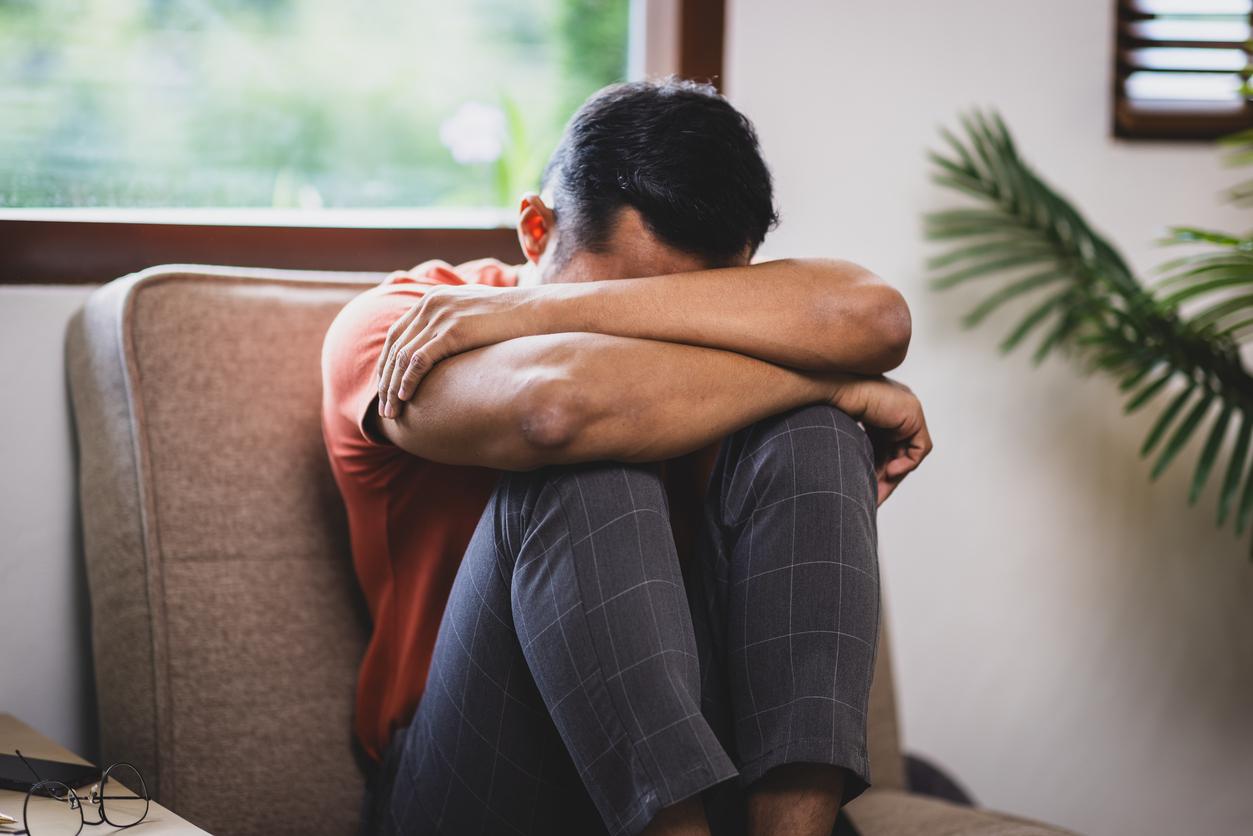You can combine other drugs
The first of the solutions: try again to adapt the treatments by combining two antidepressants, or by combining an antidepressant with other psychotropic medications (mood stabilizers, antipsychotics, etc.) or non-psychotropic medications on a case-by-case basis, when the patient presents with a favorable terrain (thyroid hormones, anti-inflammatory drugs) depending on the terrain and the patient’s other symptoms. By adding psychotherapywhich then becomes essential.
The second is to turn to other types of treatments. “The journey and daily life of these patients is profoundly impacted. For many of them, brain stimulation can bring a marked improvement in their symptoms” explains Dr. Michel Maron, psychiatrist at the University Hospital of Lille.
The benefits of brain stimulation
Brain stimulation techniques seek to awaken areas of the brain that have been ‘sleepy’ due to depression using an electric current or a magnetic field. They can be impressive but they are painless and without risk. The best known and most feared is seismotherapy. Clear electroshock. “Forget everything you saw in One Flew Over the Cuckoo’s Nest, and check out the latest episode of Homeland Season 1 instead” advises Michel Maron.
Nowadays, seismotherapy is a treatment of a few seconds delivered under general anesthesia. no generalized convulsion, the weak electric current delivered creates a convulsive crisis at the level of the brain only. This treatment remains heavy, because it requires anesthesia but it has few side effects, apart from a few headaches, transient confusion and sometimes memory problems (generally of short duration). After about ten sessions over a few weeks, the seismotherapy can become monthly to consolidate the result. It gives good results in many resistant depressions to other treatments.
A hope: transcranial magnetic stimulation
This technique, which addresses depression resistant to the usual treatments, is only available in certain departments. The patient is seated, conscious. A magnetic ring is placed next to specific areas of his brain and delivers a powerful magnetic field to rebalance neural flows there. It generally takes about ten sessions of about 30 minutes, spread over 2 weeks, to have good results. The implantation of neurostimulation electrodes, as is already the case in Parkinson’s disease, is still experimental in depression.
Read also :
Depression: a connected bracelet to detect it
Depression: the right steps to prevent relapses
Depression: watch out for codeine
















